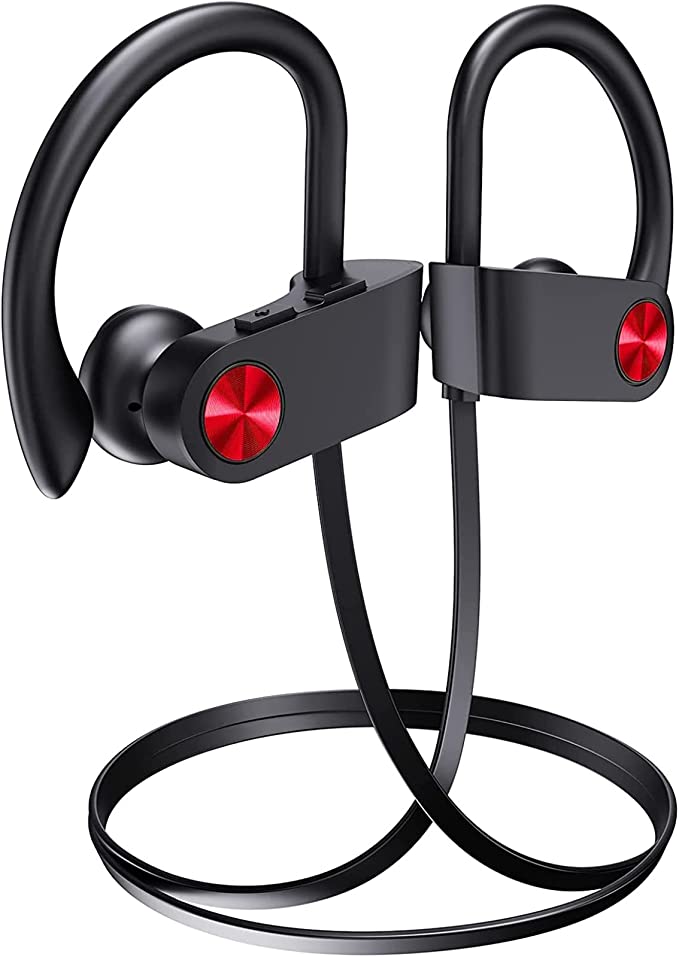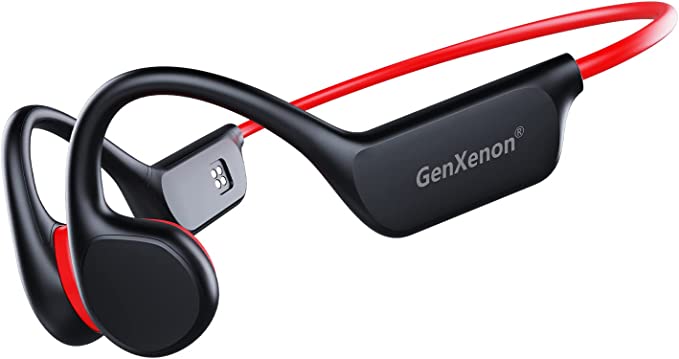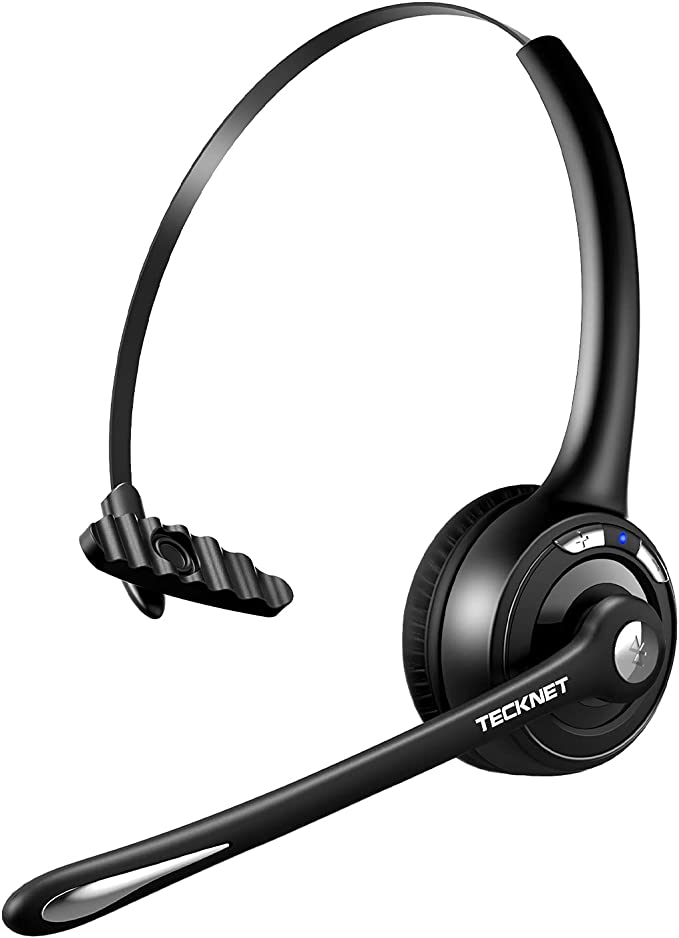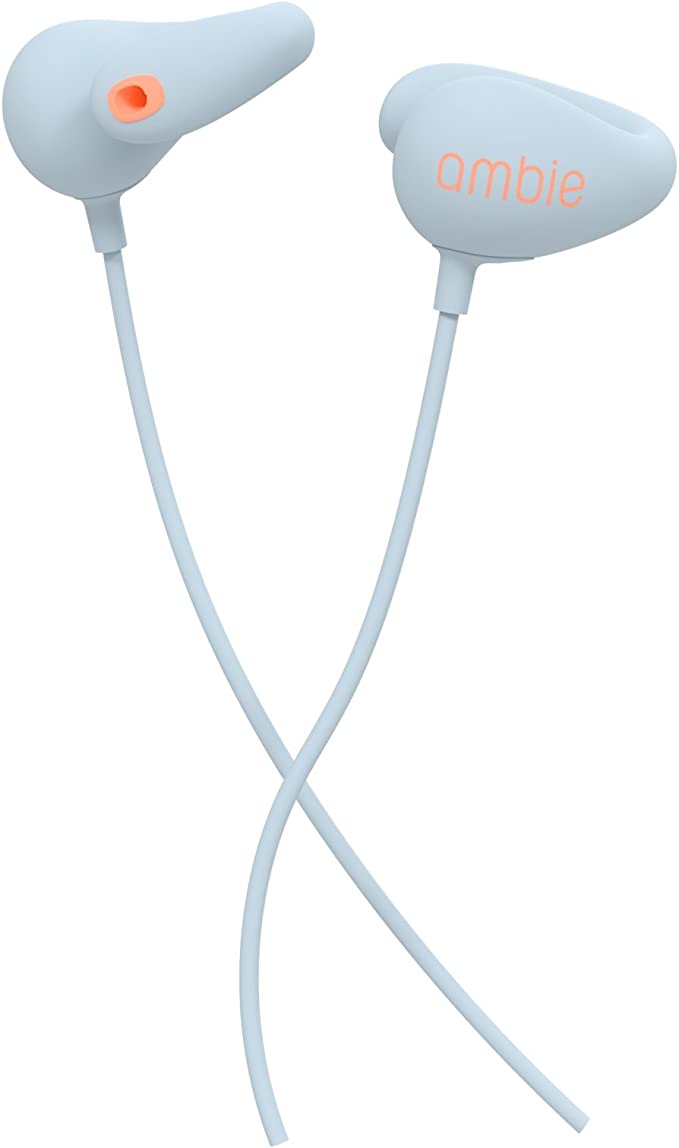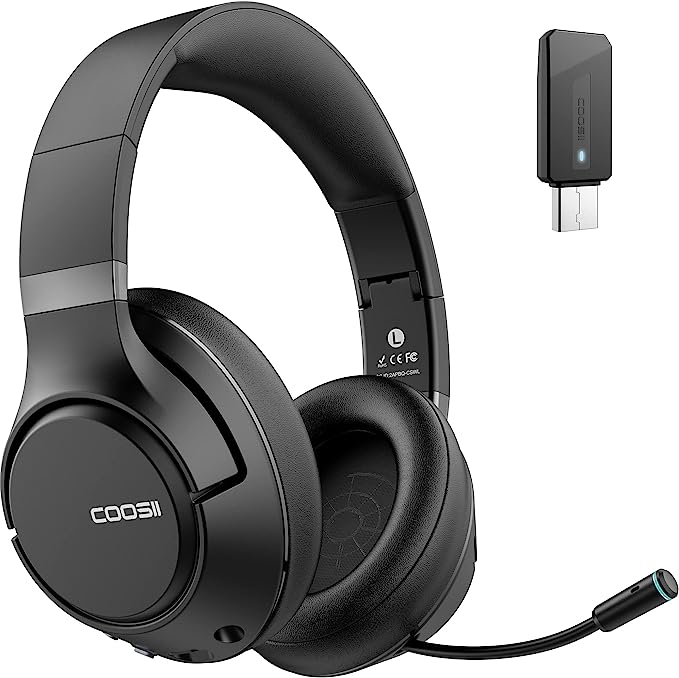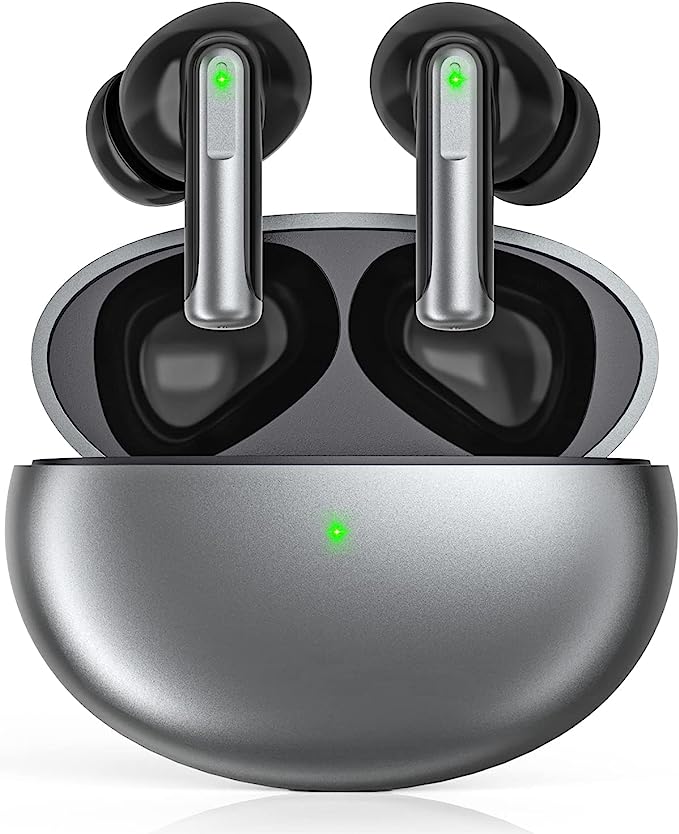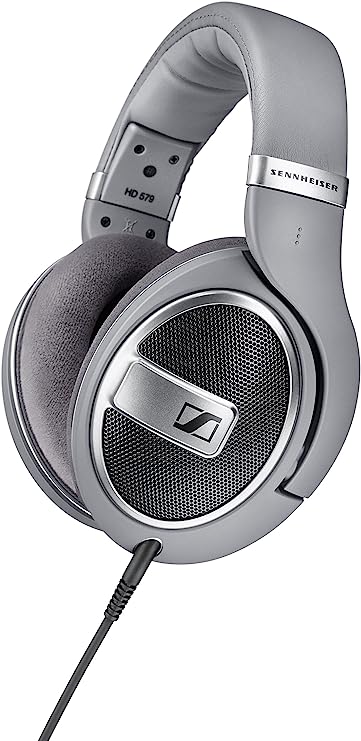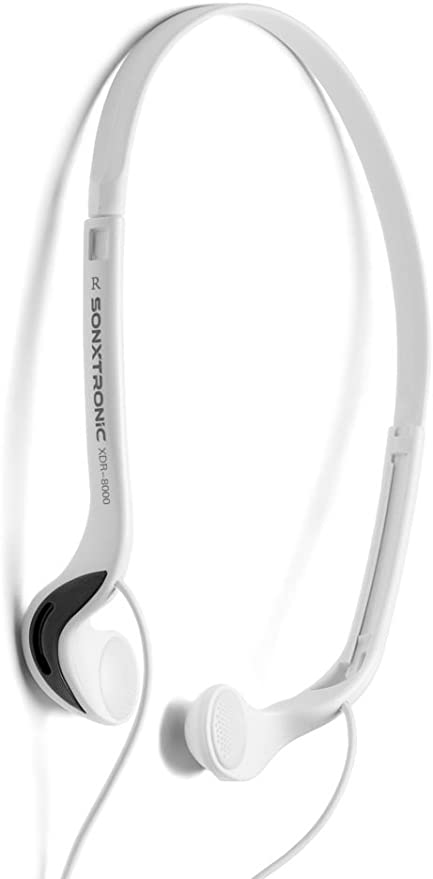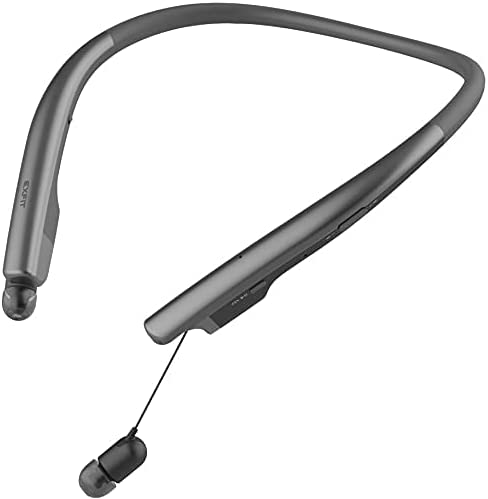Why Your Cordless Trimmer Stalls: A Homeowner's Guide to Torque vs. RPM
Update on Oct. 21, 2025, 1:44 p.m.
It’s one of the most frustrating sounds in yard work. You’re trimming an overgrown hedge, and the tool hums along perfectly on the soft, green leaves. Then you hit a thicker, woody branch. The motor whines, the blade speed drops, and… stall. The motor stops, dead.
You check the battery—it’s fully charged. You pull the tool back, restart it, and try again. Stall.
That frustrating moment isn’t a battery problem. It’s a physics problem. It’s the critical difference between two fundamental forces: Torque and RPM.

Physics 101: The “Powerlifter” vs. The “Sprinter”
In the world of power tools, these two terms define a tool’s capability.
- RPM (Revolutions Per Minute): This is Speed. Think of a track sprinter. High RPM is great for clean, fast cuts on soft materials, like new green growth. It slices cleanly without tearing.
- Torque: This is Rotational Force. Think of a powerlifter. Torque is the raw, twisting muscle that does the heavy lifting. It’s what allows a tool to keep moving even when it meets heavy resistance, like a half-inch-thick, woody branch.
Here is the problem: a tool can have high RPM and still be incredibly weak. A simple desk fan has high RPM, but you can stop it with your finger (zero torque).
When your hedge trimmer stalls, it’s because it ran out of torque. The resistance of the wood was greater than the twisting force the tool could apply, even though the motor wanted to spin fast.
The “Natural Flaw” of Simple Electric Motors
The simple DC motors used in many consumer tools are naturally “sprinters,” not “powerlifters.” By their very design, they excel at high speeds (high RPM) but produce very little torque, especially at those high speeds.
For tools like leaf blowers or string trimmers, this is fine. They are “direct drive”—the motor shaft is basically connected directly to the tool’s head.
But for a cutting tool, this is a fatal flaw. As soon as a direct-drive trimmer hits a tough branch, its high-speed motor has no “muscle” to power through, and it stalls.
The Engineering Solution: The Gearbox
So, how do you get a high-speed “sprinter” motor to do the heavy lifting required to cut a woody blackberry cane or a tough “rabbit brush” shrub?
The same way you get a bicycle up a steep hill: you change the gears.
This is where a “transmission” or “gearbox” comes in. By placing a set of reduction gears between the motor and the blades, engineers can intentionally sacrifice speed to multiply torque.
This is precisely what a system like BLACK+DECKER’s “PowerDrive Transmission” (found in tools like the LHT2436) is designed to do. It’s not just a marketing term; it’s an engineering solution. * The high-speed motor spins a small gear. * That small gear turns a large gear. * The large gear turns the blades slower (lower RPM) than the motor, but with far more twisting force (higher torque).
This is why a tool with a transmission can boast a 3/4-inch cut capacity, while a direct-drive tool with the same 40V battery might stall on a 1/2-inch branch. The 40V battery provides the energy, but the gears deliver the muscle.

How to Shop for Torque
When you’re comparing tools, don’t just look at the Voltage. That’s only half the story. To find a tool that won’t stall, look for these clues:
- A High Cut Capacity: Look for ratings of 5/8-inch, 3/4-inch, or even 1-inch. A manufacturer can only claim this if the tool has the torque to back it up.
- Key Terms: Look for “gearbox,” “transmission” (like PowerDrive), or “gear reduction.”
- Motor Type: Brushless motors (though often more expensive) are also better at generating and managing torque.
Next time your trimmer stalls, don’t blame the battery. You’re asking a sprinter to do a powerlifter’s job. To cut thick branches, you don’t need more speed—you need more torque.

